Delicate new buds on the naked aspens
Virgin green leaves all along the concrete highways
Old rubber-wheeled tractors turning over dry winter soil in the surrounding farmyard fields
Farmer Trules hauling a nursery cart full of golden marigolds, multi-color petunias, front porch geraniums, young Early Girl tomatoes for our backyard planters, along with brush cucumber, crawling zucchini, and hot green New Mexico chile plants
Yes, indeed, spring has sprung in Santa Fe.
Seasonal winds are whipping up and sneaking between the single window panes and our house’s stucco exterior. Our otherwise well-hung, orange-striped living room curtains are now flapping like flags at half-mast.
Cassius, the Dog, whines and trembles at every howl of the wind, no matter how many homeopathic drops I dose him with, or how many herbal bites I trick him into swallowing.
Exsel, our son, is doing better, hosting “Movie Night” in his no-longer chilly, closed garage and “private studio”, having The Gang over last night for “Green Mile”, which I know he’s seen at least four times, but which he swears none of his Santa Fe friends have ever seen before.
They’re not into “films” like everyone in LA, Pak Trules.
I get it. Last night he and I watched “Cinderella Man” (for the first time), starring a young and fit Russell Crowe, about Depression Era heavyweight boxing champ, James J. Braddock, who broke his hand as a promising young light heavyweight, lost everything he had after the stock market crash of 1929, including his 3 kids for a while, and then, given a “wonderful life” second chance, beat the over-confident braggart, Max Bear, in a miraculous title fight upset in 1935, winning both the heavyweight crown and the hearts and minds of the entire nation. Talk about comeback and “rebirth”.
Back in Santa Fe, most of us pickleballers have made the annual springtime switchover from playing indoors at the toasty Chavez Center near The Rodeo to outdoors at Fort Marcy, closer to downtown. It’s invigorating to be back out whacking the ball under the bright New Mexican sun and clear blue Santa Fe sky, but challenging to deal with those same blustery and changing winds - with their unpredictable effects on the flighty whiffle ball. Hey, by the way, I won the Silver Medal in Senior Mixed Doubles, competing at 55-65, ten years under my age bracket, because my partner, Teri, she of the fabulous old-school tennis swing, was only 56, so I had to “age down”. Sort of cool, don’t you think, in some way or other?)
They say that Springtime is the season of Renewal.
Rites of spring occur in every culture. Although not celebrated exactly on the spring equinox, Easter is popularly observed in America, a blend of Christian and pagan ritual and tradition. Not surprisingly, it often coincides with the Jewish holiday of Passover, celebrating the Exodus of the enslaved Hebrews from Egypt, long before the birth of Christ.
Scientifically, the first day of Spring occurs when the sun crosses the imaginary celestial equator traveling northward and the vernal equinox occurs. The word "equinox" is derived from the Latin "aequus," which means "equal," and "nox," or "night," because day and night are both approximately 12 hours long. If you stand in your yard at sunrise and sunset, you can observe due east and due west by the location of the sun on the horizon.
Egypt's iconic Sphinx gazes due east, and recent scientific studies show that on the vernal equinox in 10,500 B.C., the Sphinx would have gazed directly on the zodiac constellation Leo, its own counterpart in the heavens.
In many cultures, the celebration of the vernal new year is more important than that of the calendar new year. It’s because it marks nature's reawakening and a fresh, new beginning of life. The Northern Hemisphere is gradually turning its face back toward the sun, and the lengthening days trigger some remarkable animal activity. We humans consciously mark this yearly reawakening with a rich array of festivals and rituals, while the rest of the animal kingdom just follows its instincts. Temperatures are rising and green things are pushing their way to the surface. Somehow, the return of spring just seems to be an annual cause for celebration, and people around the world feel lighter, whether they are still buried in snow or live in perennial summer.
As for our ancestors, even if they didn't quite understand astronomy and the science of the seasons, they certainly recognized the celestial signs of spring because of their closeness with the natural world. Their connection to the primal elements: air, earth, water, and fire. Their crops’ dependency on geography, soil, season, and weather. Their profound beliefs in their original creation myths, their prayers, totems, gods and goddesses, their unique ways of worship.
We Westerners ring in the calendar New Year with wild merry-making, but in Bali, where I met my wife, Surya, and we owned a villa for about 8 years, a 12-month lunar calendar marks the spring equinox as the first day of the new year. Known as "Nyepi," it is a day of introspection; the entire Hindu-Bali island shuts down in observance — no work, no play, no traffic, no noise. Legend has it that Nyepi traces back to ancient times when the Balinese fooled evil spirits by making the island appear deserted and haunted. Today, the day symbolizes a time for self-reflection, cleansing, and spiritual rejuvenation.
But what is also very interesting about the Balinese observance is that on the evening before, Tawur Kesanga, people gather at crossroads and ritually cast the demons out of their lives in a carnival-like atmosphere, a little like the Zozobra Festival here in Santa Fe, when a giant effigy is stuffed with thousands of pieces of paper called "glooms" that people have written on, which include unwanted photos, grim letters, divorce papers, parking tickets, and more. When the giant effigy burns, the glooms go up in smoke and disappear.
The Persian vernal New Year is a celebrated Zoroastrian tradition known as Nowruz. It is widely observed throughout central Asia, beginning on the first day of spring and lasting for 12 days.
The ritual celebration begins the night before the equinox, on the last Wednesday of the old year, with the building of small bonfires, which people jump over while saying what translates to,
My yellowness is yours; your redness is mine.
It symbolizes the victory of light over darkness, with the fire absorbing all that is pale and weak in a person and passing on strength and vitality.
A good housecleaning occurs leading up to the celebration, followed by many activities and food rituals. People buy new clothes and make visits to friends' and family members' homes. Households are decorated with fresh daffodils and hyacinths, and people stock up on nuts, dried fruits and sweet treats to serve visitors. It’s believed that kindness and harmony on Nowruz will translate into the year ahead being filled with the same.
There is no Easter bunny, but Hadji Firuz, a symbolic character dressed in red with a black painted face, wishes everyone good and happy tidings for the upcoming year.
Holi is India's spring festival, a time for fiery facepaint and foolish pranks.
Ch'ing Ming is the Chinese "Pure and Bright" festival that marks the return of life to the land and honors the memory of dead ancestors.
Paganism, animism, and other non-monotheistic forms of worship have their roots in belief systems and practices that existed long before even the pre-Christian religions of Europe. Pagans understand deity to manifest itself within nature and to recognize divinity as taking many forms, finding expression in both goddesses as well as gods. Goddess worship is central to paganism. Pagans believe that nature is sacred and that the natural cycles of birth, growth, and death carry profoundly spiritual meanings. Human beings are seen as part of nature, along with other animals, trees, stones, plants, and everything else that is of this earth. Most pagans believe in some form of reincarnation, viewing death as a transition within a continuing process of existence. They accept death as a natural part of life and wish to know when they are dying so they may consciously prepare for it as a ritual transition within the continuing process of existence.
Paganism, human sacrifice, cacophony, the mystic images of pre-Christian Rus, Nijinsky driven mad by Diaghilev, pornographic dancing, Stravinsky smashing chords together, rage, a complete “lack of beauty”, Parisians rioting in 1913.
You may have guessed it… yes… Stravinsky’s and Diaghilev’s “The Rite of Spring” (Le Sacre du Printemps), set in pagan Russia (Rus), showing in violent musical and balletic splendor - the ritual sacrifice of a young maiden - to ensure a good harvest in the fall. Did the young maidens flee from this cruel fate? Not at all; they competed for the honor! And in the Finale, the chosen one dances herself to death.
Oh, come on now, Trules, you’ve gone too far.
Gotten lost in the Rites of Spring.
Come back to fair Santa Fe, small town of the historical Southwest.
OK.
I’ve read about, and can only imagine, how difficult the winters must have been on los indigenos (the Anasazi), as well as on all the colonizers, settlers, and residents of Northern New Mexico, from time immemorial, perhaps all the way through the early 20th century. How cold and bitter the long seasons between November and April. How inadequate the heating. The lack of comfort, certainly by modern-day standards. How challenging the residents’ - very survival… through sub-zero temperatures, devastating storms, geographical and meteorological isolation, the lack of decent transportation.
I can only imagine the hardships of ol’ Kit Carson, legendary trapper and “Indian fighter”, living in his simple adobe casita just outside of Taos, during his later years just after the Civil War, with his Native American wife and his many children, before he died at just age 58. Or those of Archbishop Jean-Baptiste Lamy, who Willa Cather modeled her “Bishop Latour” after in her novel “Death Comes for the Archbishop”, who traveled by mule, not only to all his Pueblo missions, many times, but also the whole length of the dangerous Camino Real from Santa Fe to Mexico City, a distance of 1600 miles, and back, at the beginning of his installation in 1853 as the first archbishop of the diocese. Not to mention the hardships of the ordinary Pueblo-dwellers, Hispanic settlers, Mexican citizens after 1821, or early American “pioneers” after the Treaty of Guadelupe-Hidalgo in 1848.
Not only do the harsh winter conditions explain why the life expectancies were so much shorter over the centuries, but it certainly makes me appreciate just how lucky, privileged, and “spoiled” I am/we are - to be living now - in the technologically and medically-advanced 21st century.
Still Spring… must have always been, as it still is… a beautiful and miraculous annual occurrence in the great “American” Southwest.
Especially here in Santa Fe… when the cherry trees perennially bloom, just as brilliantly pink, as the more famous ones in Washington D.C..
Along with the saucer magnolias.
And white dogwoods
And pink crabapples
And the ubiquitous redbuds… at least in our neighborhood, Nava Ade.
Surya likes the Spring, too, because… the restaurant business starts booming again.. as buckets full of college Spring Breakers… fill the hotels and fabulous eateries, after which time the “festivals” begin: the Santa Fe Wine & Chile Fiesta, International Folk Art Market, Rodeo de Santa Fe, July 4th Celebration, Traditional Spanish Market, Indian Market, The Santa Fe Opera, Fiesta de Santa Fe, Indigenous Peoples' Day Celebration, culminating in the Burning of Zozobra, which is on Labor Day Weekend. Then there is the Balloon Festival in Albuquerque and more festivals back in Santa Fe…. all the way through Christmas!
Of course, Exsel likes Spring too, because, as Gary U.S. Bonds sang back in 1961,
School is out!
He’s now bussing tables at Rowley’s Farmhouse Ales, and in summer, he’ll hopefully double, or triple, both his shifts and his tips.
Me? As I said, I’m just simple farmer and pickleballer Trules, tending my garden of flowers and veggies, trying to keep my mind off my leg pain, listening to an 80-hour (!) audiobook called “The Power Broker” about Robert Moses, the master planner and ruthless builder of parks, playgrounds, roads, and public housing on Long Island (Jones Beach), NYC (Triborough Bridge), and New York State (Robert Moses State Park on the St. Lawrence River). Plus… hundreds more! For more than 45 years.
I should finish the book sometime in 2026….
But…
…you should hear from me again…
…before then.
Springfully yours,
Trules
If you enjoyed this post, or any previous ones, please LIKE IT (by clicking the Heart), and LEAVE A COMMENT. It continues to help build an enthusiastic and interactive readership.
Also, if you have any friends who you think might enjoy Santa Fe Substack, PLEASE SHARE IT WITH THEM.
ALSO, a REMINDER, to CHECK OUT “TRULES RULES on SUBSTACK” with over 100 posts and re-posts of “rants, raves, reports, and points of view + top-rated travel podcasts and some common sense”.
Thanks so much!!!
—
Visit my personal blog “Trules Rules” HERE
Travel the world with my “e-travels with e. trules” blog
Listen to my travel PODCAST HERE
Or go to my HOMEPAGE
My Twitter (X) handle: @etrules





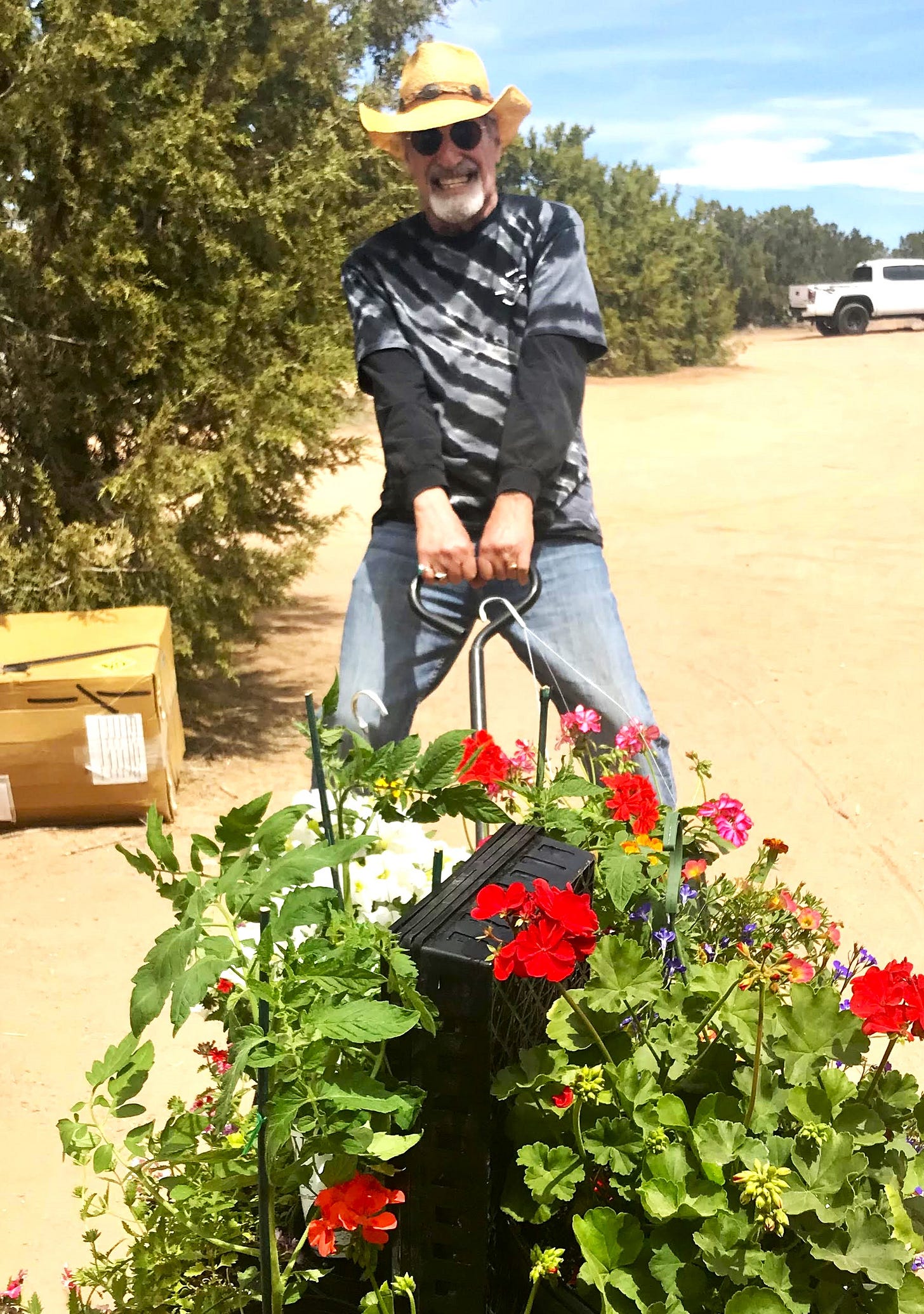


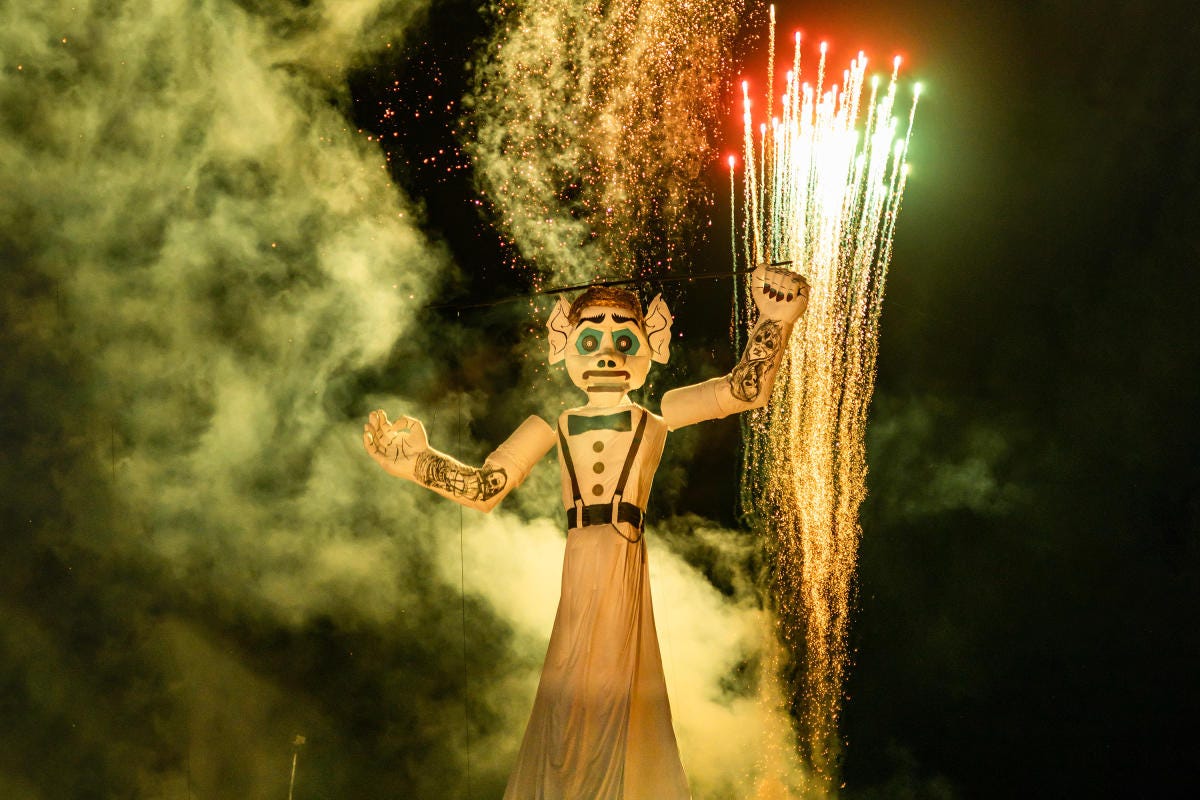

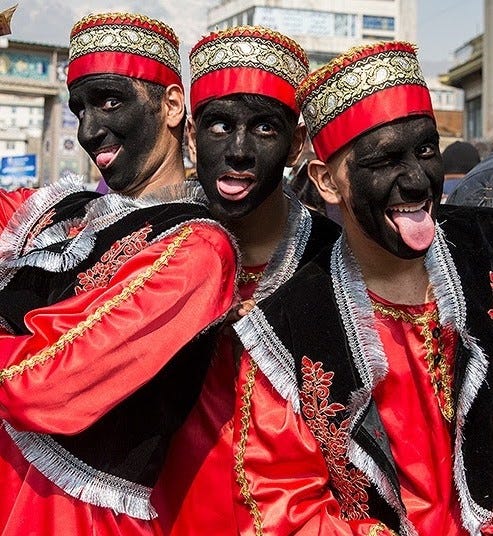
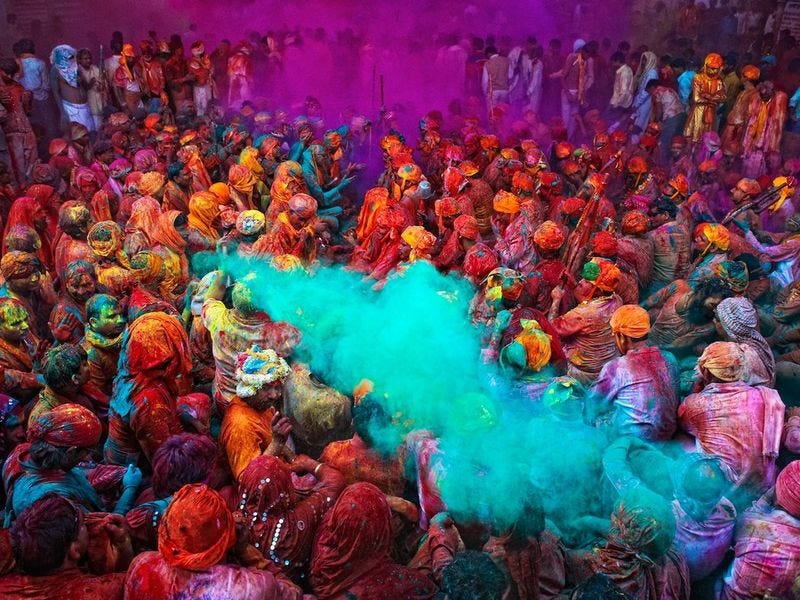
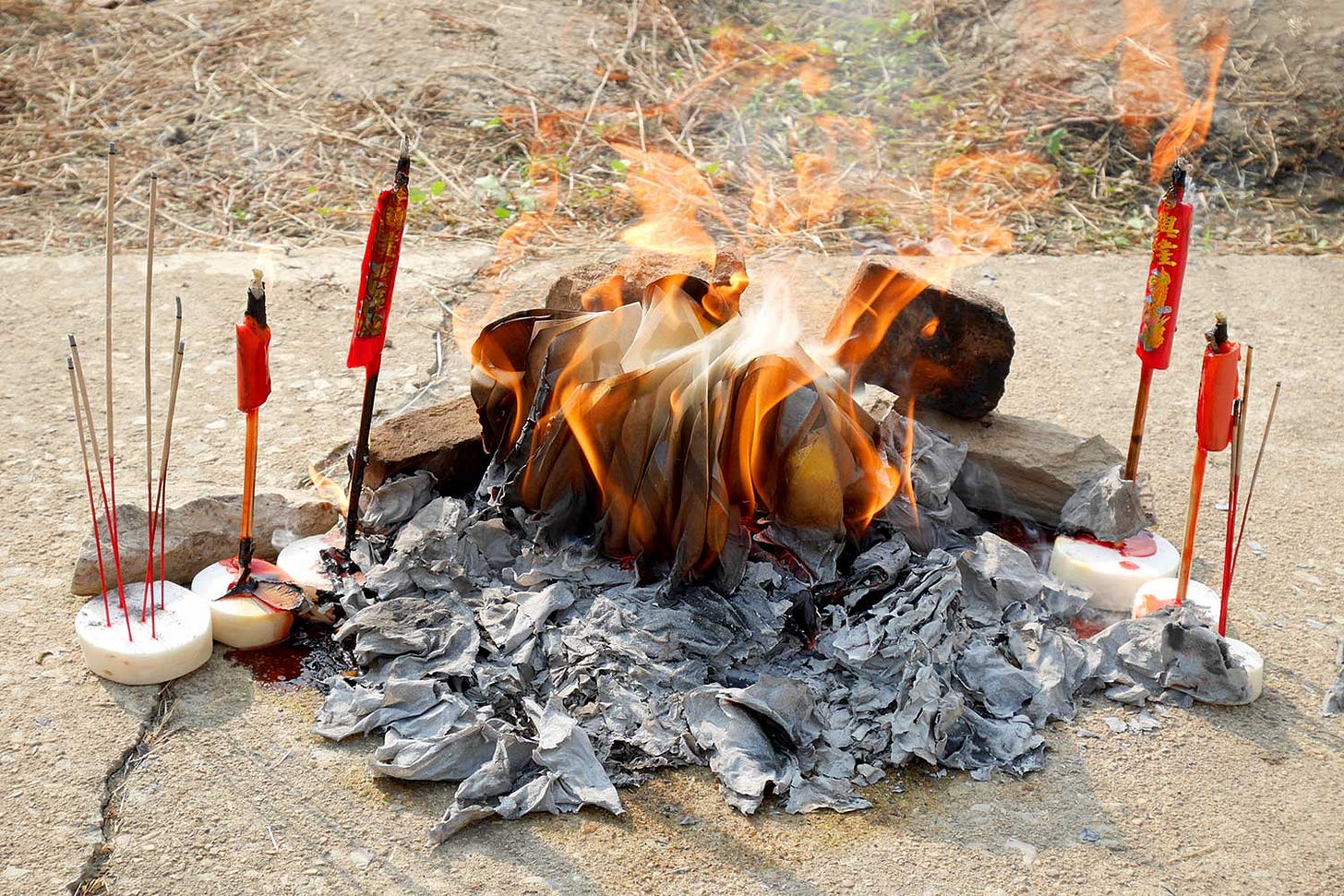
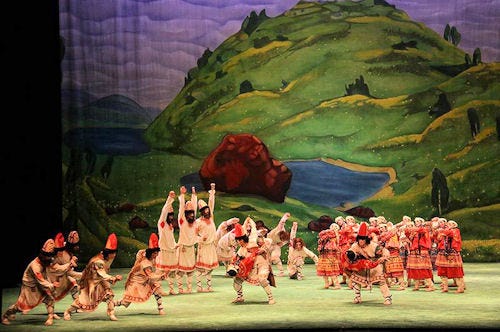
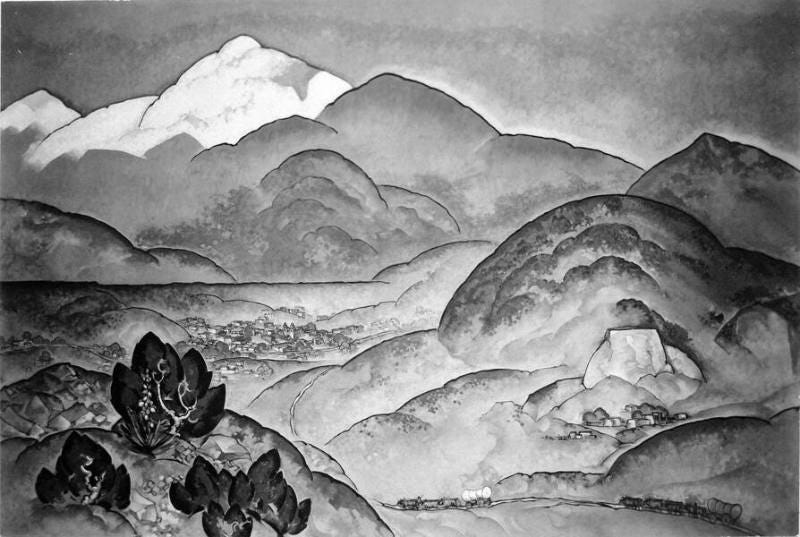
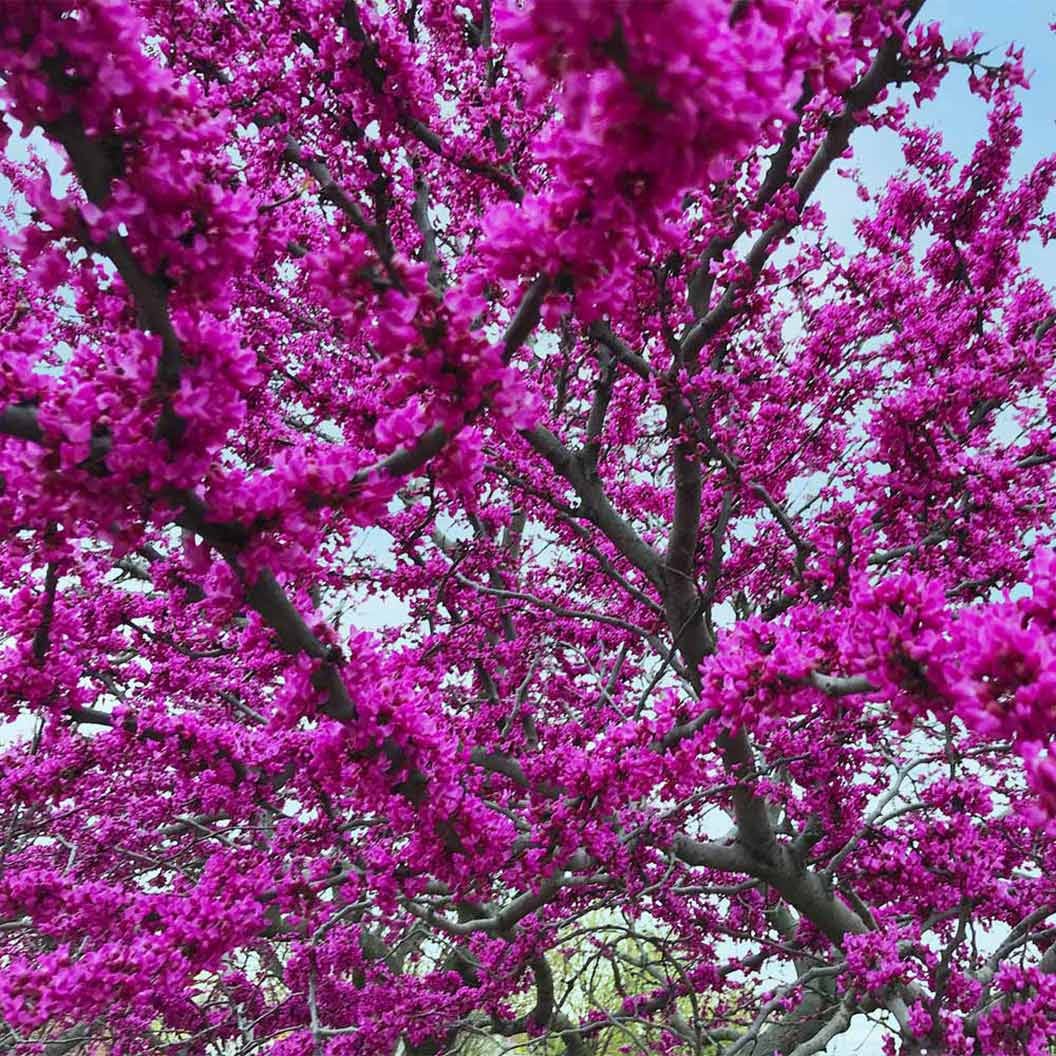

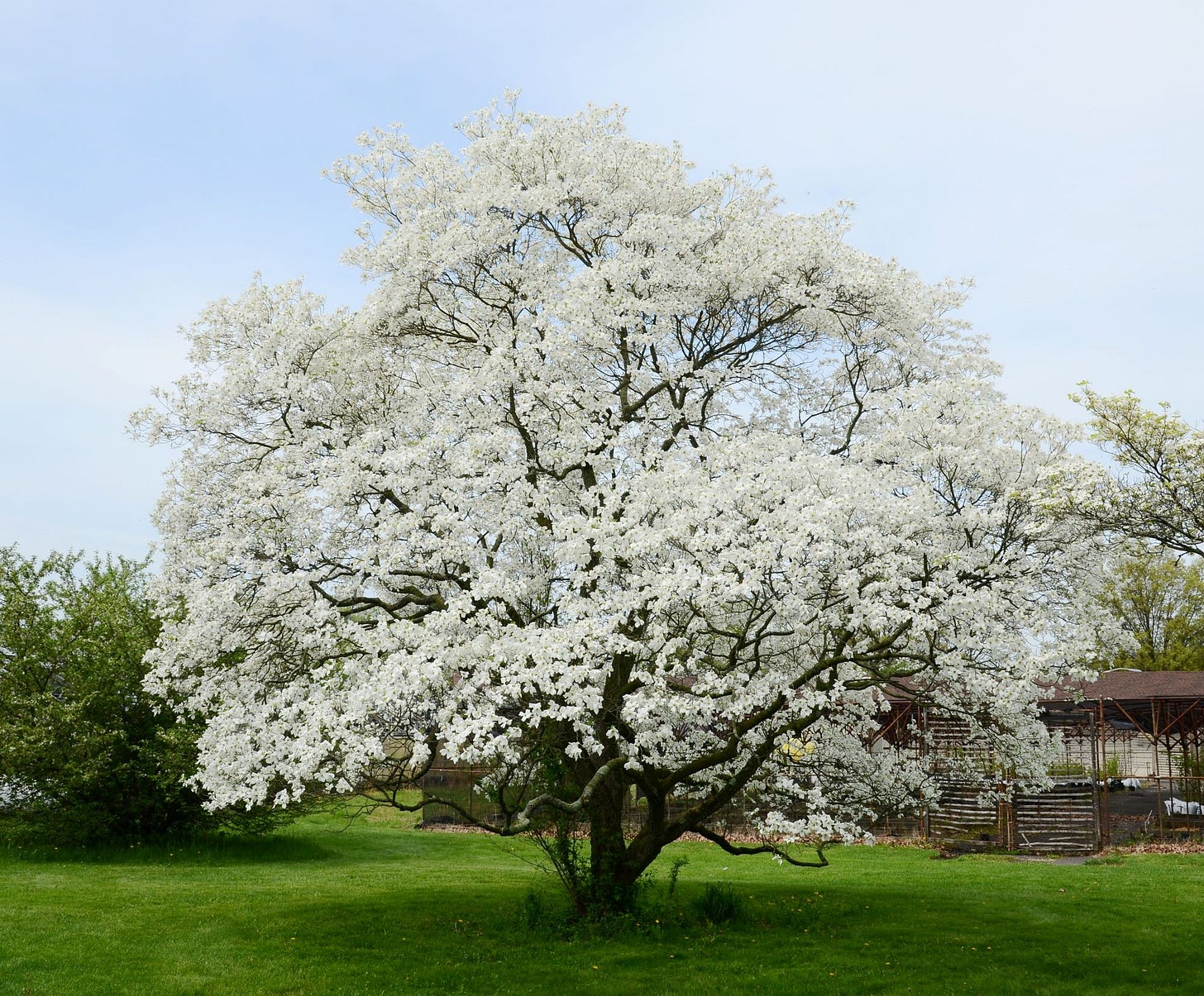

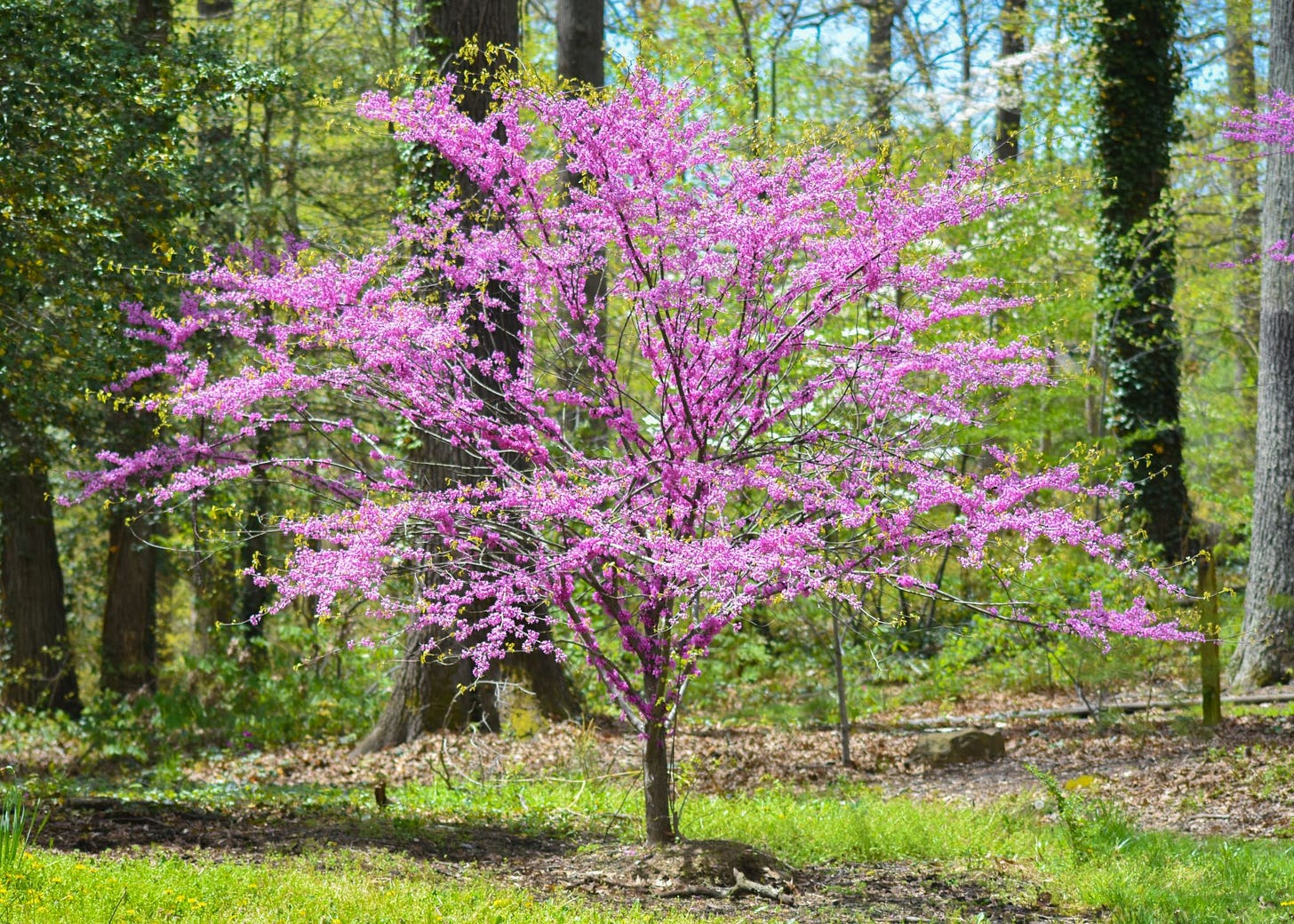
I love when you meander and take me down the winding paths of your mind. Thank you for the lovely trip of springtime in Santa Fe.
Rain here in the San Bernardino valve just not nearly so colorful ads your neck of the woods. The leaves have returned to cottonwood trees, where they will resume their annual shimmering Wind dance, a carpet grass sprouted tiny orange flowers that shed their seeds had were gone within three days. A lot of green is growing. grass and brush. It's all just lovely in the evening sunlight.
But it is also very portentous of the work day ahead, clearing all of it for fires season. /// I love it that XL is involved in spreading film appreciation beyond Tinseltown. Good on him and how fortunate for his friends. The cinema must be considered as high art for as any other. Maybe, as it envelops every other art form, it could be considered the consummate artistic expression. I have long considered film entertainment of two species, movies and film. The vast majority of recorded entertainment... Is crap, fodder for the masses intended solely for profit. These I considered to be movies. But even as most of the shoestring, B.C & D $ productions have little artistic merit, they still complement a visual time capsule of history, the likes of which there has been no other. Films I considered to be artistic expressions, those magnificent works, Black and white, silent, timeless works that are in danger of being 'lost' in the future, unless people like XL expose others to the wonders of the form and it's fascinating history... What is XL's favorite movie/ film?